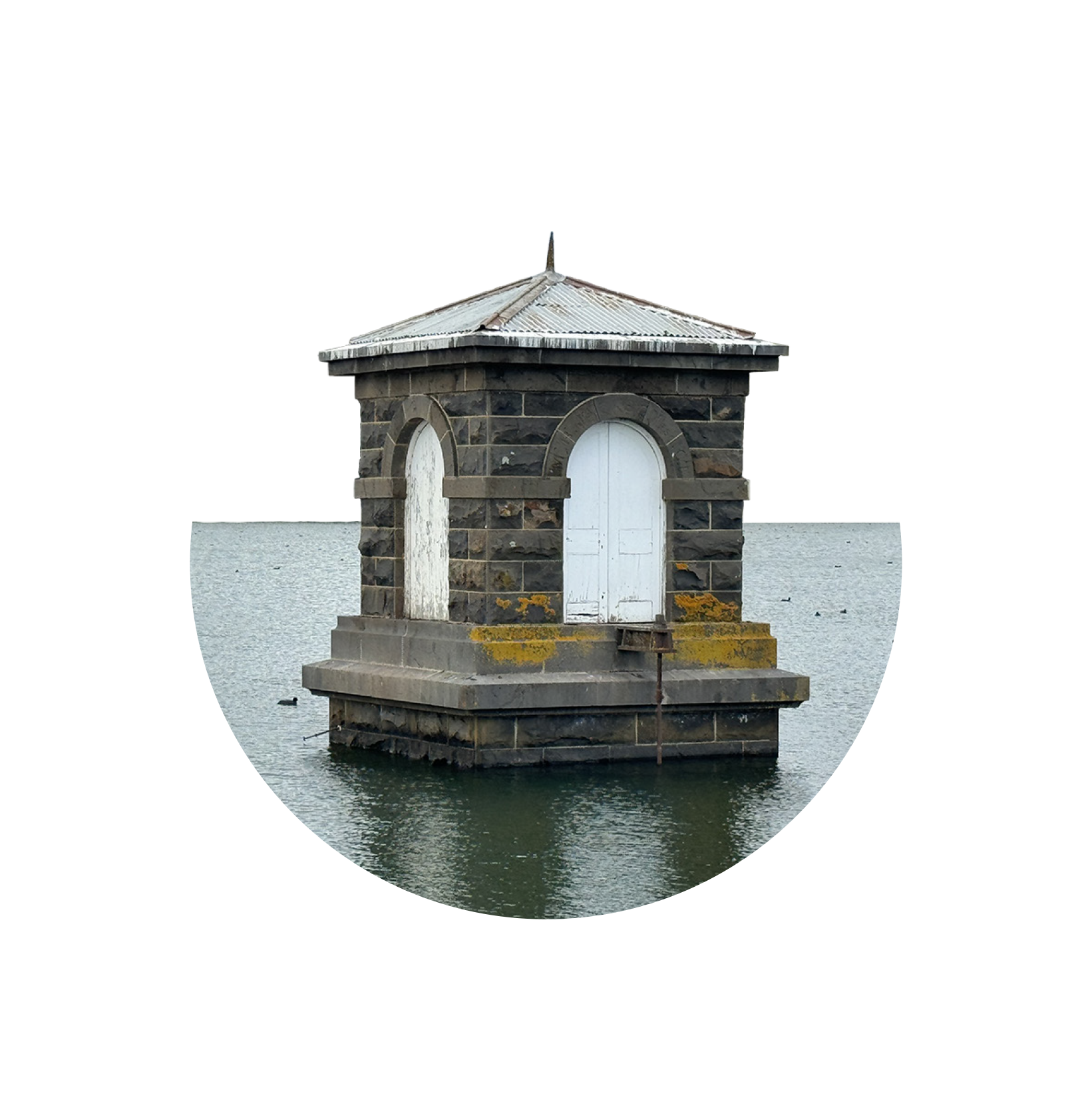Places to Visit
FARM VIGANO
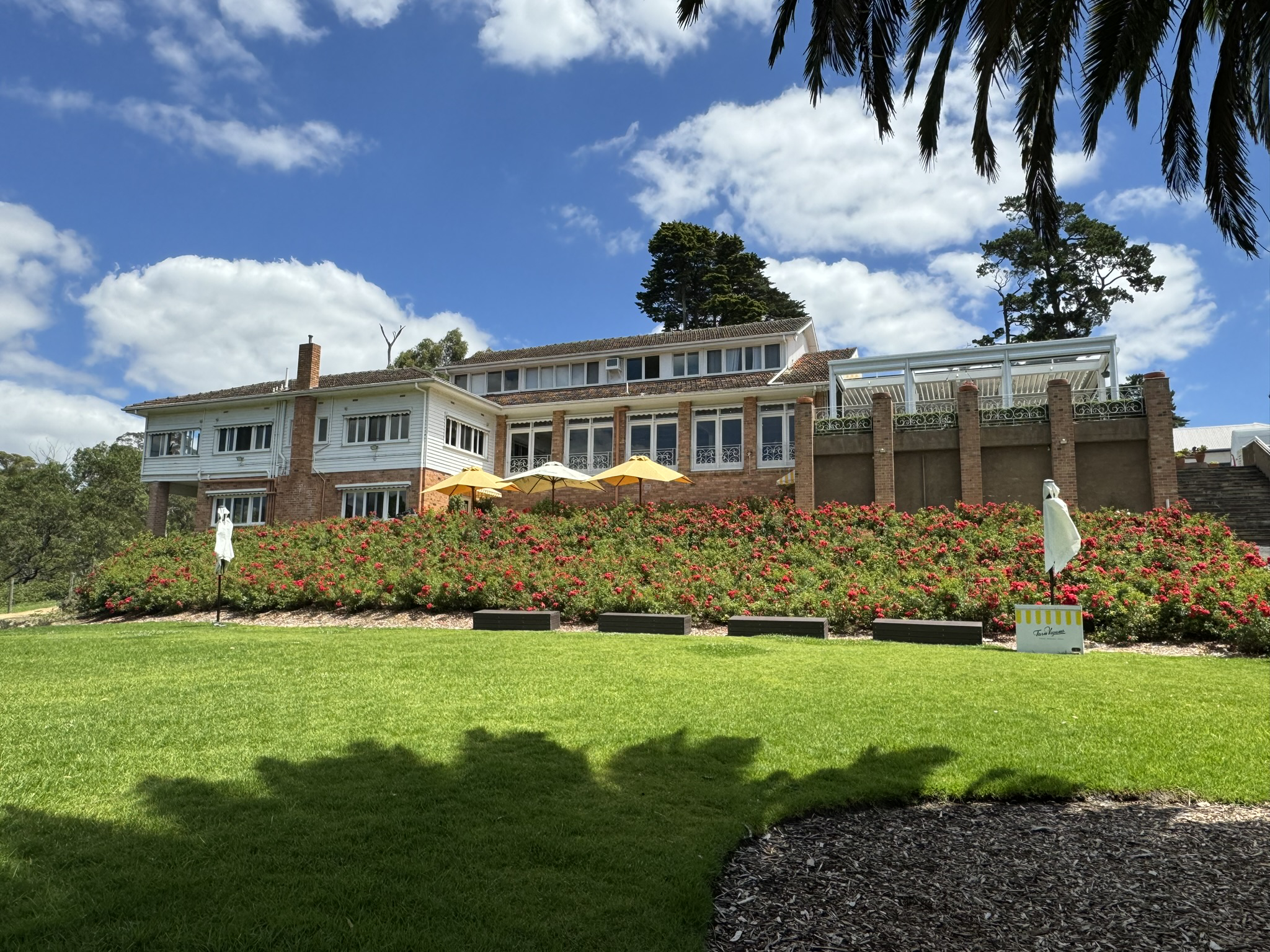
Farm Vigano is part of the historical buildings along the Plenty Gorge. The original farm was established by Mario and Teresa Vigano in the 1950’s.
The City of Whittlesea prevented it being demolished and it is now heritage listed. A community group, Friends of the Farm Vigano and Mint Inc. began restoring the buildings and replanting the gardens.
Visitors are welcome during daylight hours to enjoy the gardens and enjoy a meal. Farm Vigano is located at 10 Bushman’s Way, South Morang.
LE PAGE HOMESTEAD AND ART GALLERY
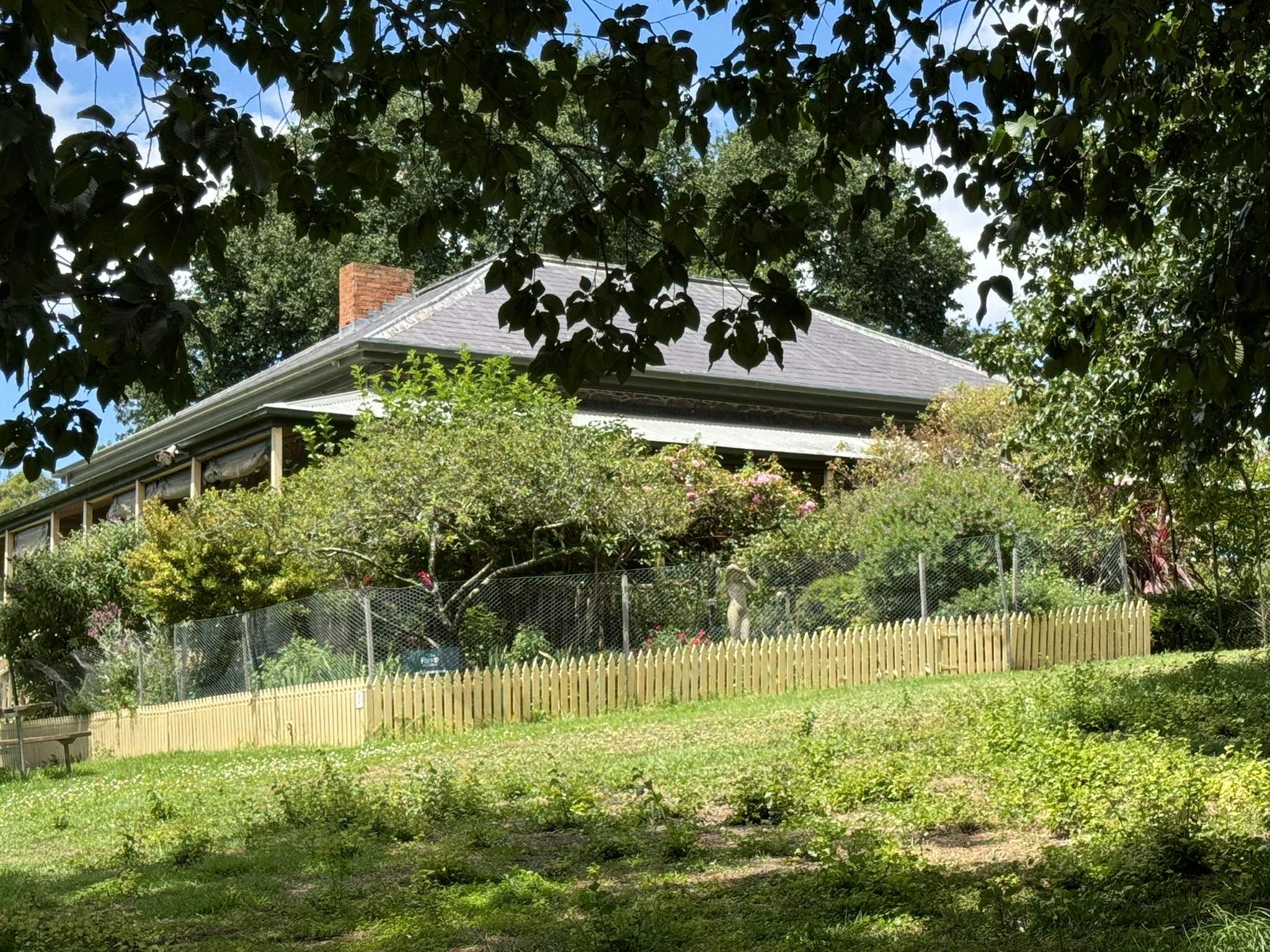
With views of the Plenty River and the backdrop of the wooded Plenty Gorge, the Le Page historic homestead and art gallery are a feature of Hawkstowe Picnic Area. The homestead once the home of the Le Page family, was built in the 1850’s and consisted of the homestead, barn and stables, and is now surrounded by beautiful gardens. Below the homestead, the area also provides a look at our past with a heritage orchard boasting still a couple of the original fruit trees.
There are some lovely walks around the lakes and homestead as well as spectacular views over the Plenty gorge and river.
The homestead, located on the corner of Gordons and Plenty Road, South Morang is open on weekends from 1:00pm – 4:00pm.
CAROME HOMESTEAD
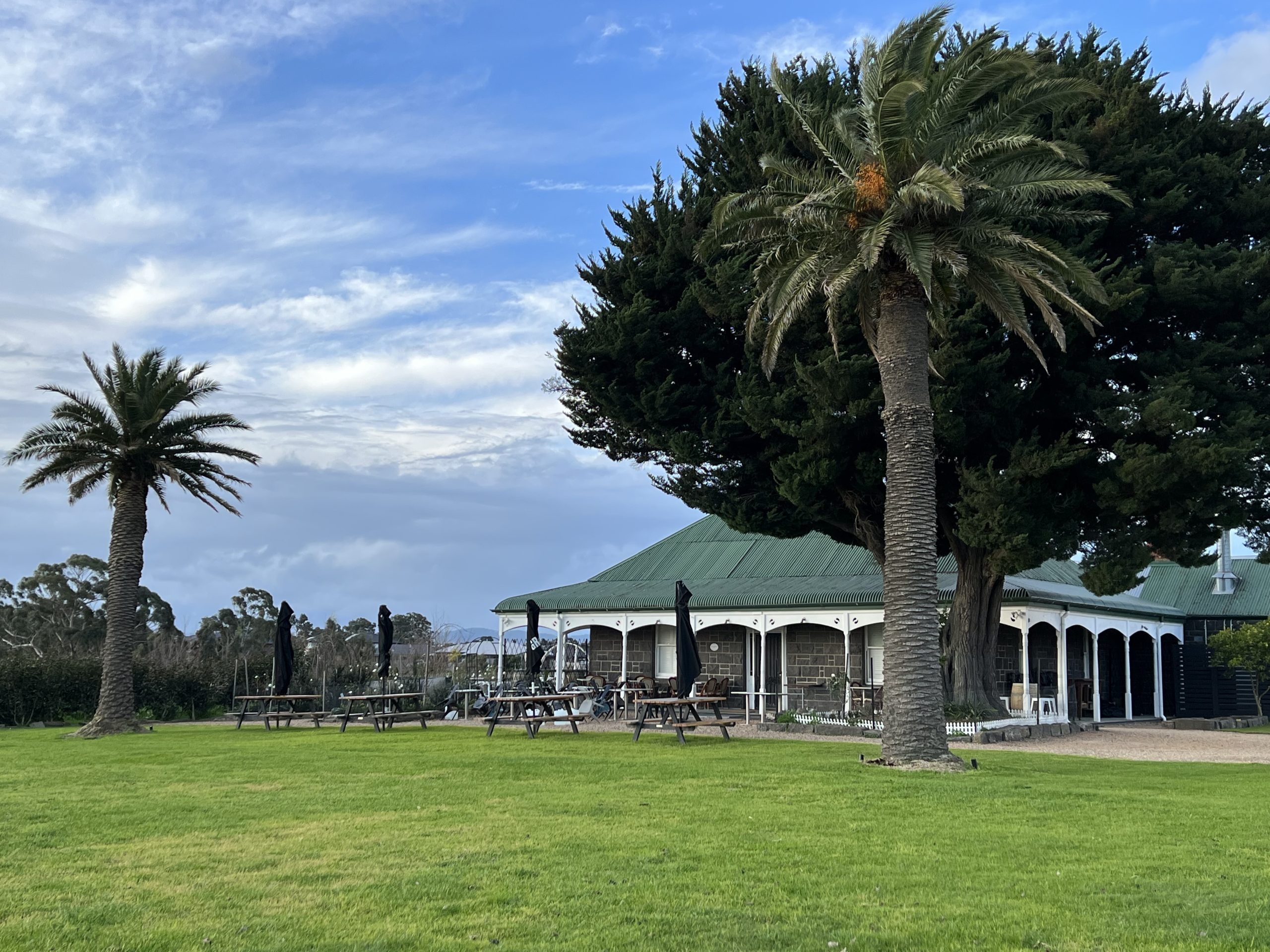
In 1840, Arthur Sergeantson purchased Section 19, Parish of Morang, a total of 842 acres. He named the property Sergeantson Hall but the portion between the Plenty River and Plenty Road soon became known as Carome the name of the flour mill he established in 1841..
The Homestead itself was built in 1861 from local bluestone and is a large but very standard late nineteenth century house situated on the property that once housed one of Victoria’s first water-powered flour mills. In 1868 the mill was destroyed by fire although there are some remnants of the mill that still remain and overlooking the Plenty River.
It is one of the oldest buildings in the City of Whittlesea and historically significant due to the association of the flour mill with the Melbourne markets in the 1840’s.
The Homestead has been painstakingly restored and today you can visit it as TWO BEANS AND FARM Restaurant. You can wander around the farm area and sit inside and enjoy a coffee or a lovely meal. There is a sign pointing the way off Plenty Road. The address is 10 Hathfelde Boulevard, Mernda. Enjoy the history!!!!
TOOROURRONG RESERVOIR
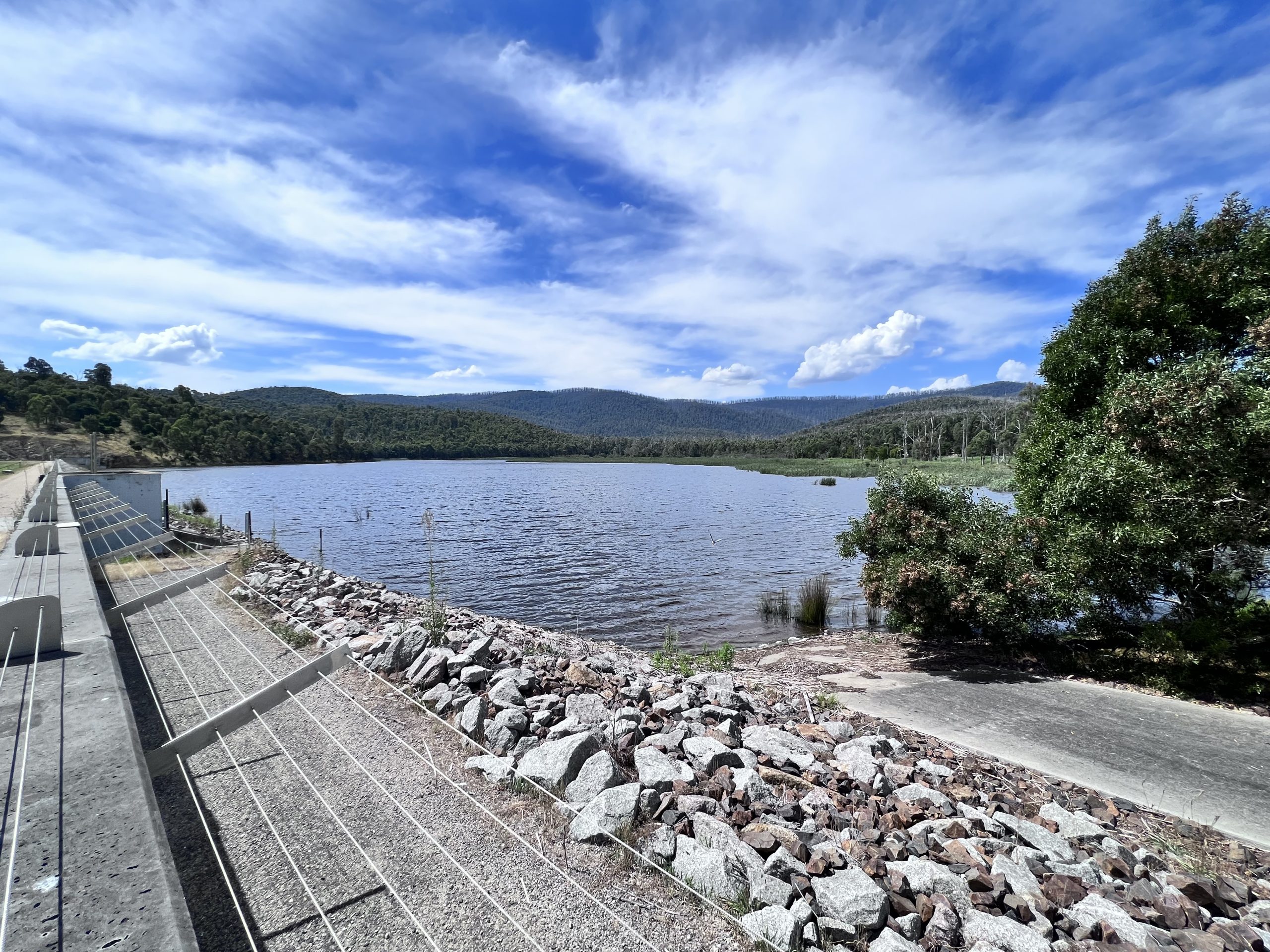
The reservoir is formed by an earthen embankment dam across the eastern branch of the Plenty River below the junction with Jacks Creek. The system was constructed in 1883–1885 as an extension of the Yan Yean water system. Water is diverted from Wallaby and Silver Creeks, part of the Murray–Darling basin on the northern side of the Great Dividing Range — via the open, granite-lined Wallaby Aqueduct — across the Great Dividing Range just east of Mount Disappointment, then into Jacks Creek and into the reservoir. The reservoir acts as a settling basin before the water travels 8 kilometres down the Clearwater Channel to Yan Yean.
The Reservoir Park has recently undergone a massive upgrade and restoration following the bushfires of 2009 that destroyed the Park. There is a heritage rotunda at the entrance of the car park outlining what the park used to be like.
The Toorourrong Reservoir is located north of Whittlesea about 4 kms along the Whittlesea – Yea Road and then turn left at Jack’s Creek Road.
The park is open every day including weekends and Public holidays. Winter hours 9.00 am to 5.00pm and Summer hours 9.00 am to 7.00pm.
It is a perfect place for picnics and gatherings and there are various short walks to a lookout and the reservoir wall. Facilities include toilets, picnic shelters ,tables and electric and wood BBQ’s( you need to bring your own wood).
There are no rubbish bins in the park so you need to take your rubbish home with you.
Do yourself a favour and enjoy some time at this lovely outing spot .
ZIEBELL’S FARMHOUSE MUSEUM
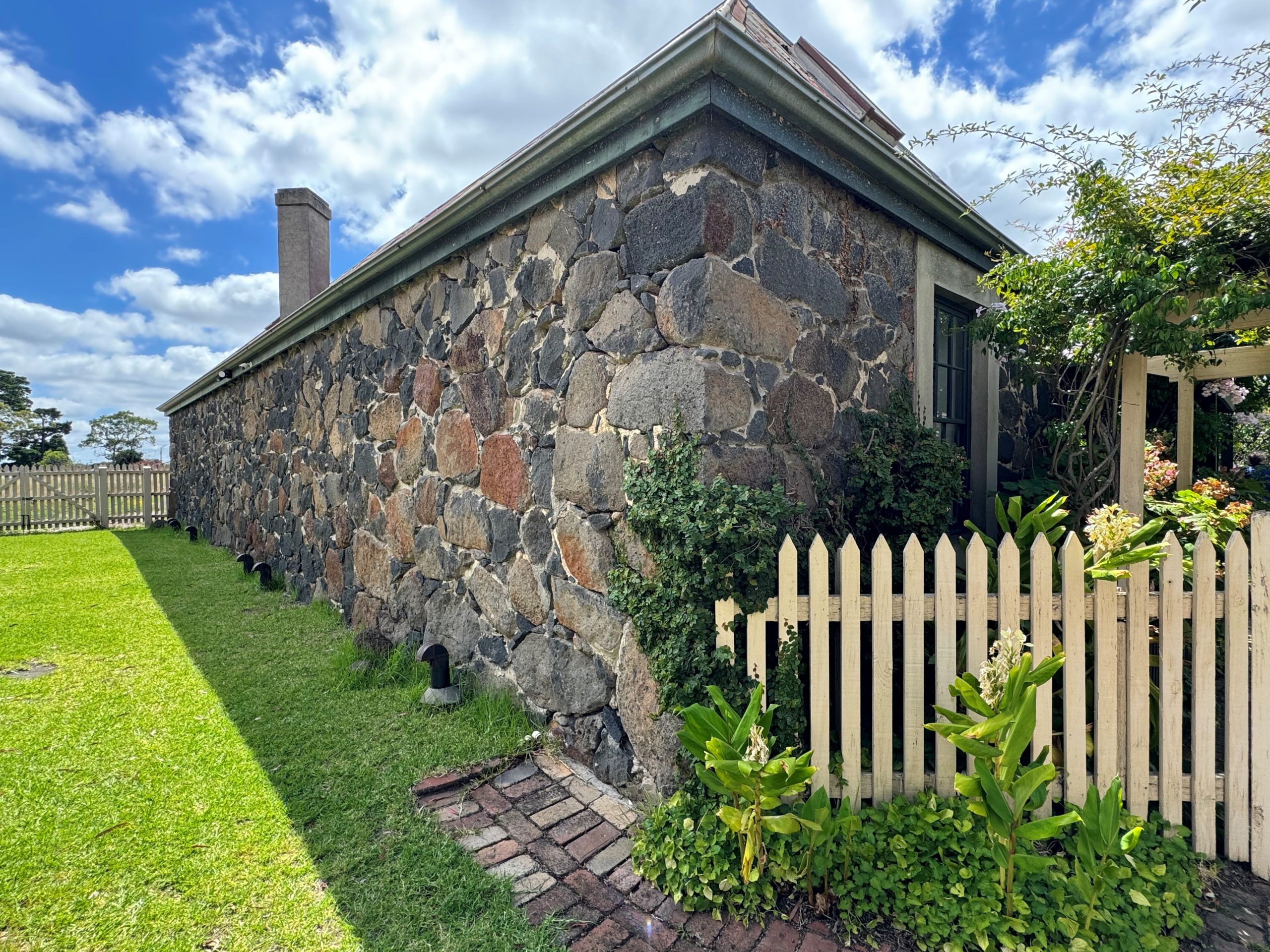
This German settlement located in Thomastown is quite unique. William Westgarth a prominent Melbourne merchant in the 1850’s promoted German immigration to Victoria. He purchased 640 acres in the Thomastown area on behalf of 16 German / Wendish families. The village they established came to be known as Westgarthtown.
Today you can visit the Westgarthtown precinct and see many old buildings including the Lutheran Church, second oldest surviving Lutheran church in Australia. It has its own cemetery where the original gravestones of the pioneer families can be seen.
Ziebell’s Farmhouse Museum and Heritage Garden is the oldest surviving building in Westgarthtown. The home has been restored to its original condition and is open to the public Sundays 10.30 – 3:00pm, and Tuesday 11:30 – 2:00pm.
YAN YEAN RESERVOIR
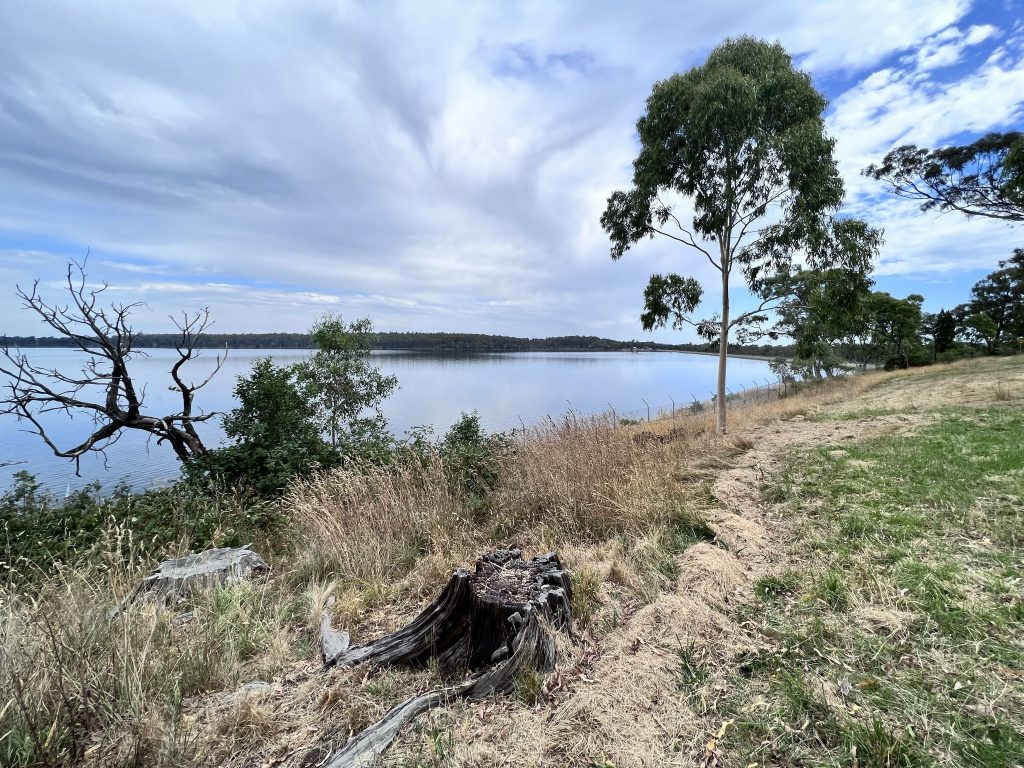
This Reservoir Park located off Plenty Road at Yan Yean is as popular today as it was over 100 years ago.
The Melbourne City Council in 1850 decided to investigate an improved water supply for the city. The Colonial government chose to use the natural basin of what was known as Ryder’s Swamp. The Yan Yean Reservoir was completed in 1857 and was Victoria’s first water reservoir.
Nowadays the historic dam wall, bluestone outlet ,valve house and overflow channel along with the landscaped picnic areas and walking tracks can be visited daily.
PLENTY GORGE PARK
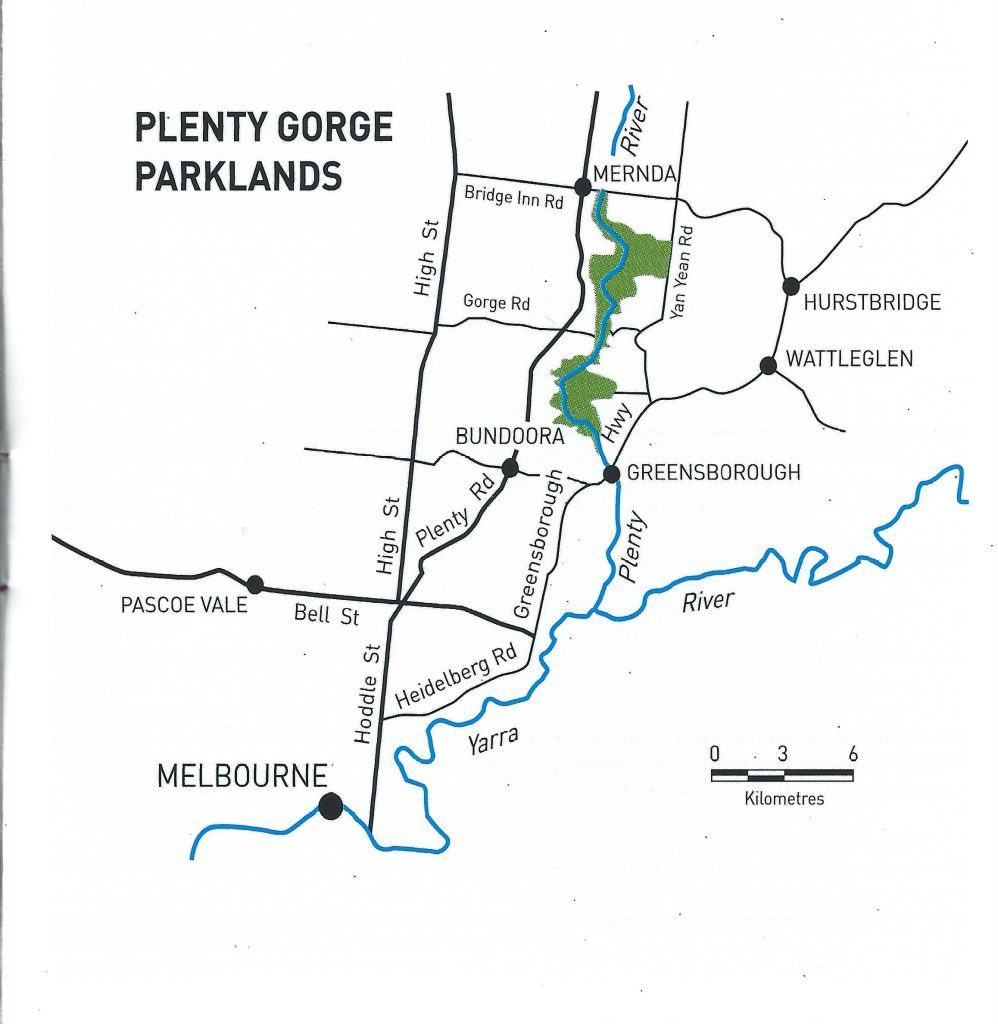
Geologically, the basalt plains and the Plenty Gorge were formed in recent times between about 10,000 and 2 million years ago. Volcanic activity to the north and north-west of the Plenty River re-shaped the river’s course.
Located within the traditional land of the Wurundjeri people, the Plenty River and its Gorge provided numerous flora and fauna for food and a permanent source of fresh water. Evidence of the Wurundjeri people’s use of the area still exists due to the survival of a number of scarred trees.
The thinly timbered landscape and readily available water source attracted European pastoral settlers in the 1830’s. Sheep and cattle grazing were the main agricultural practices along with flour milling. The Plenty Valley became the food bowl for Melbourne.
The spectacular gorge sets a back drop for stunning landscapes and an abundance of native wildlife. It is now surrounded by residential housing estates but when you are in the park you could be in the middle of nowhere out in the country.
The Park has various picnic spots including:
Hawkstowe Picnic Area houses the historical Le Page Homestead.
Red Gum Picnic Area has a children’s adventure playground and walking tracks to Morang Wetlands.
Yellow Gum Recreation Area has walking tracks to the Blue Lake.
Middle Gorge Picnic Area has spectacular views from the viewing platform and walking tracks to the river.
Yarrambat Picnic Area has views to the Kinglake National Park and Mt Disappointment.
WHITTLESEA COURTHOUSE
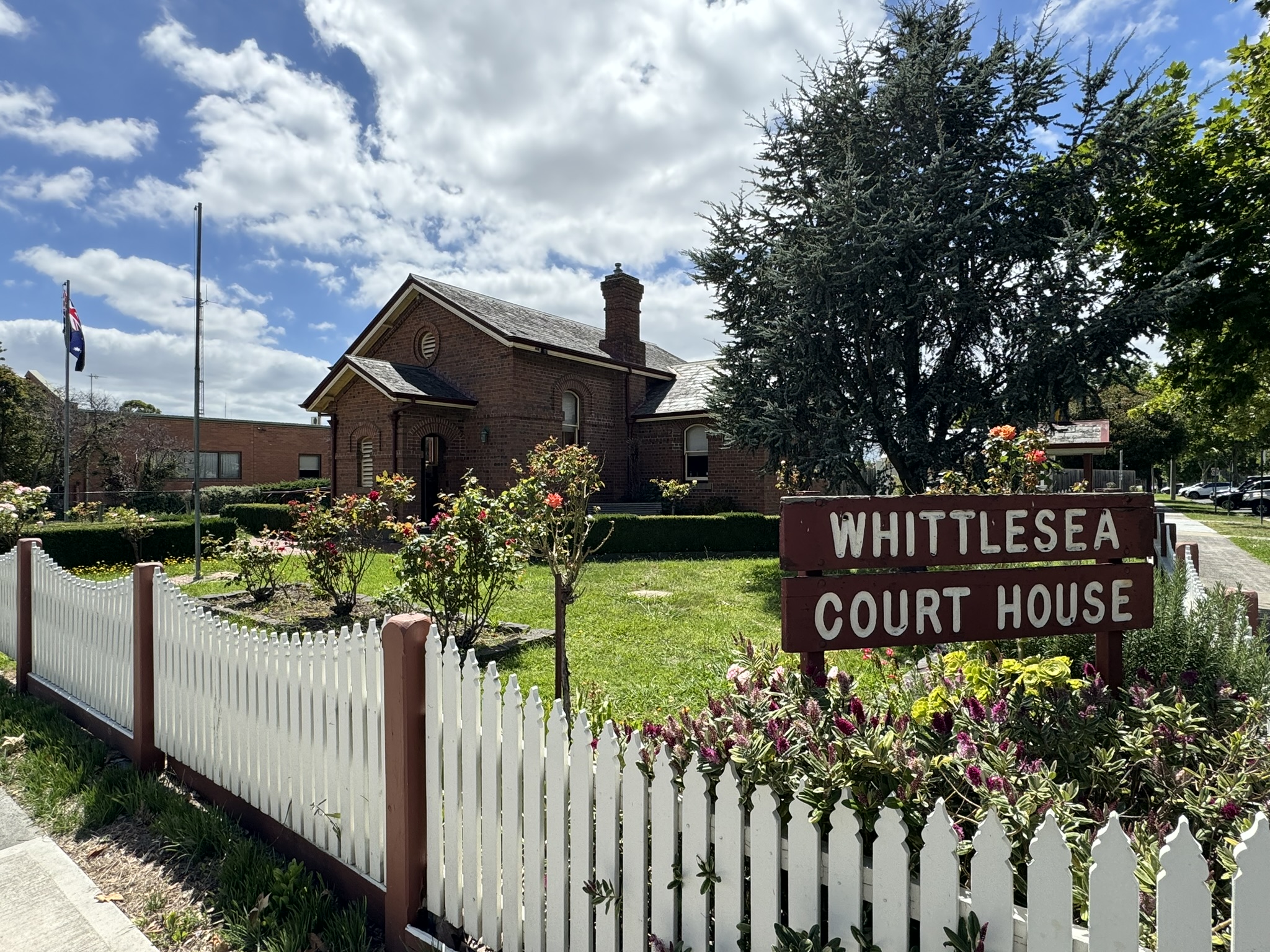
Located at the corner of Church and Beech Streets in Whittlesea.
Among the early townships in the Plenty Valley Whittlesea came the closest to fulfilling the role as the main centre in the area. It was for this reason that Whittlesea was chosen as the site for the courthouse, which was built in 1864.
The courthouse is of solid brick on bluestone footings and the builder was a William Lockwood, a local contractor who also as it happened built the Whittlesea State School.
The Court itself closed in 1990 and was bought by the local council. Since then it has been restored and now houses tourist information for the area. It is manned by local volunteers most days.
GEORGE SHERWIN BANDSTAND
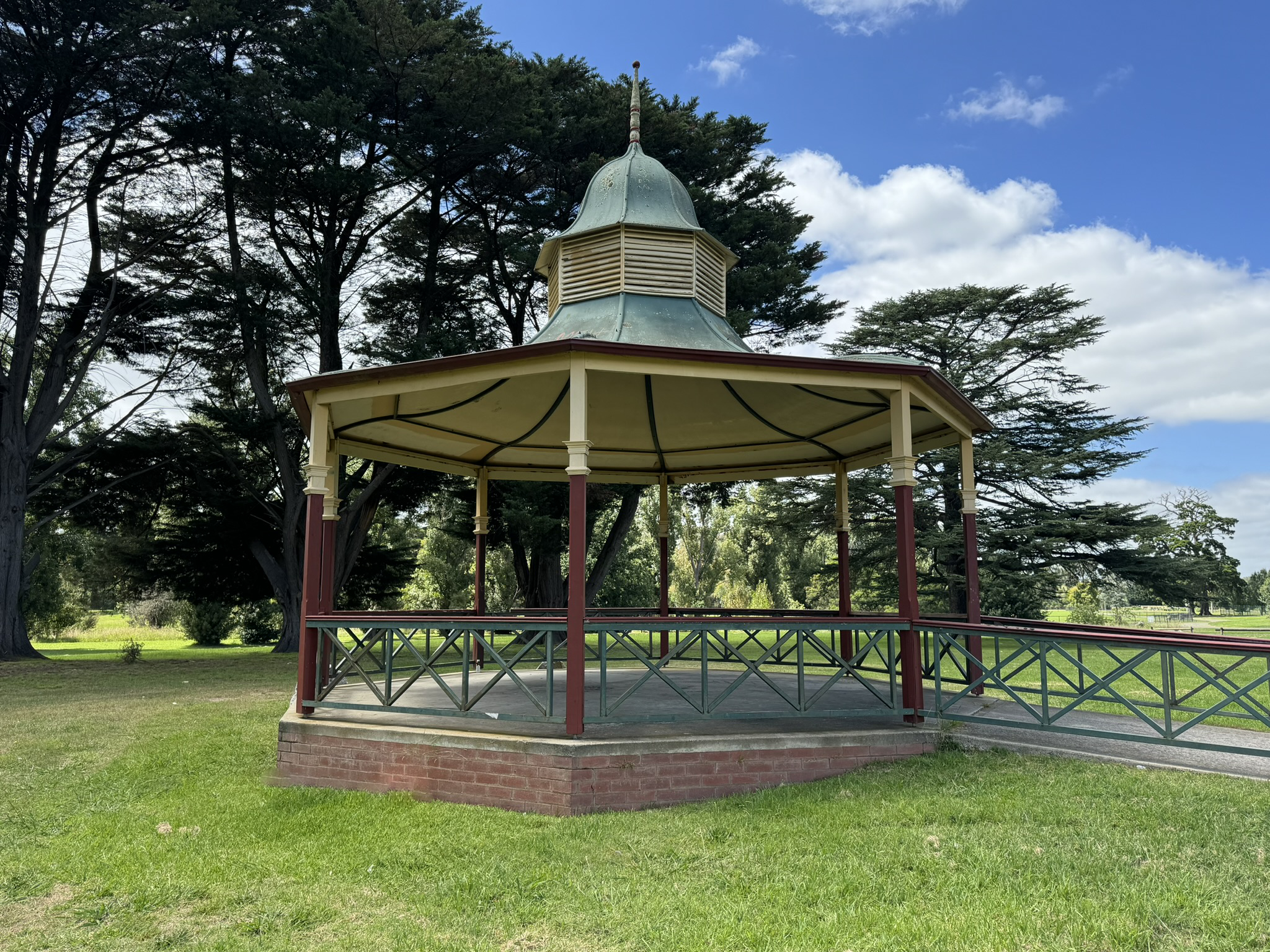
In the grounds of Whittlesea Recreation Park there stands the incredible George Sherwin Memorial Bandstand.
This Structure was erected and officially opened on Sunday 11th November , 2001 as a memorial to the first Pioneer of the Whittlesea District, George Sherwin. The plaque on the bandstand was unveiled by Graeme R. Sherwin who was a direct descendant of George.
George was born in Parramatta NSW in 1816 and sailed to Port Phillip district in the late 1830’s with his brothers John and Thomas. George wished to take up land and in 1837, followed the Yarra and the Plenty Rivers to what is now Whittlesea. When Robert Hoddle surveyed the area in 1838 he found George’s station already established with a hut and stockyards on the east side of the Plenty River. This area is now the Recreation Reserve and includes the bandstand site. By late 1838 George had built his slab cottage on what is now Eastern Hill.
He married in 1841 Mary Thorn and they had 14 children. As the family grew in size George bought the property of 1,270 acres , which they called “Strathnoon” and built a more substantial home. He and the family raised sheep and established a vineyard. The house built in 1855 is still standing and is known as “Lyndoch Park”.
